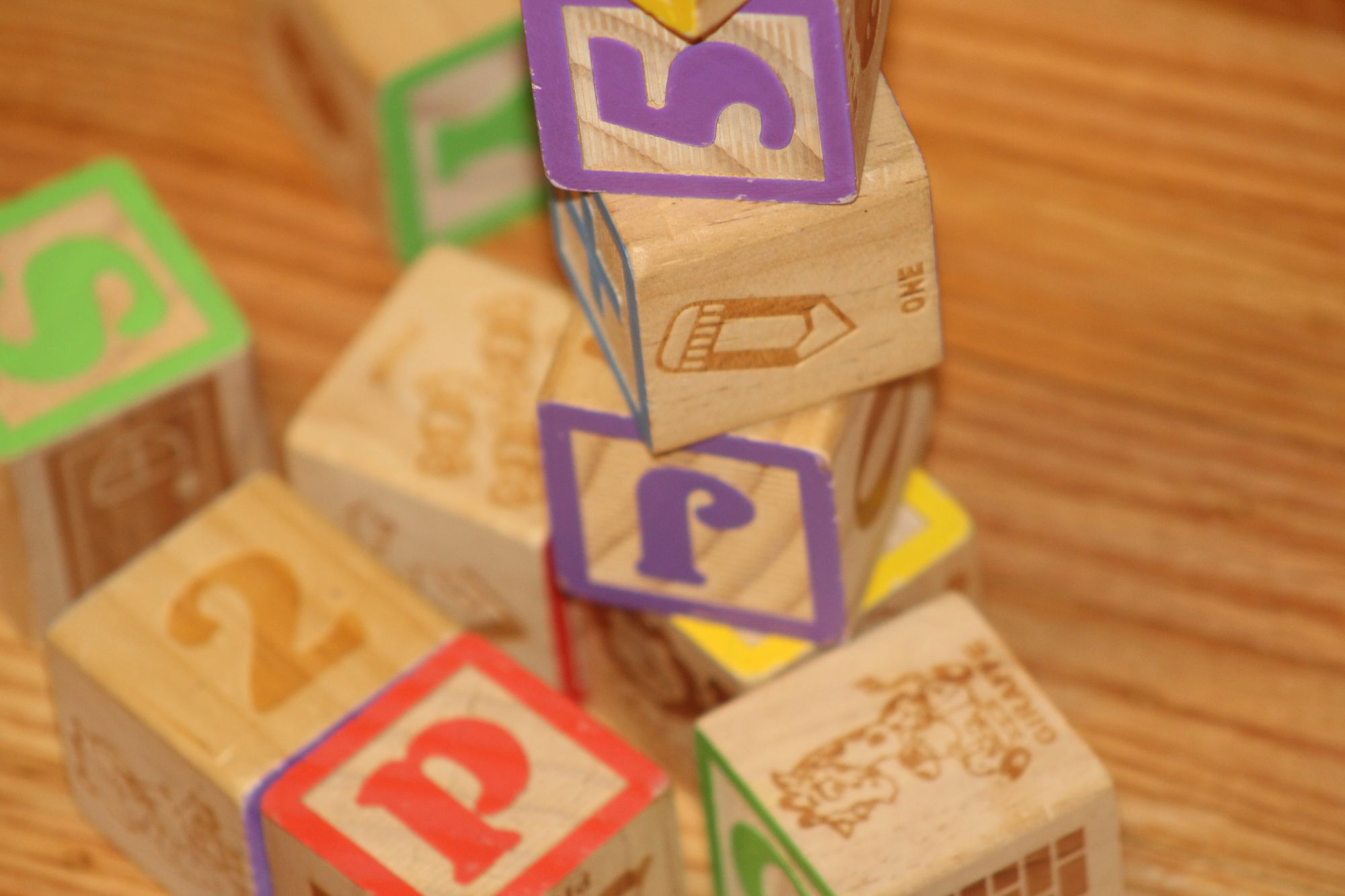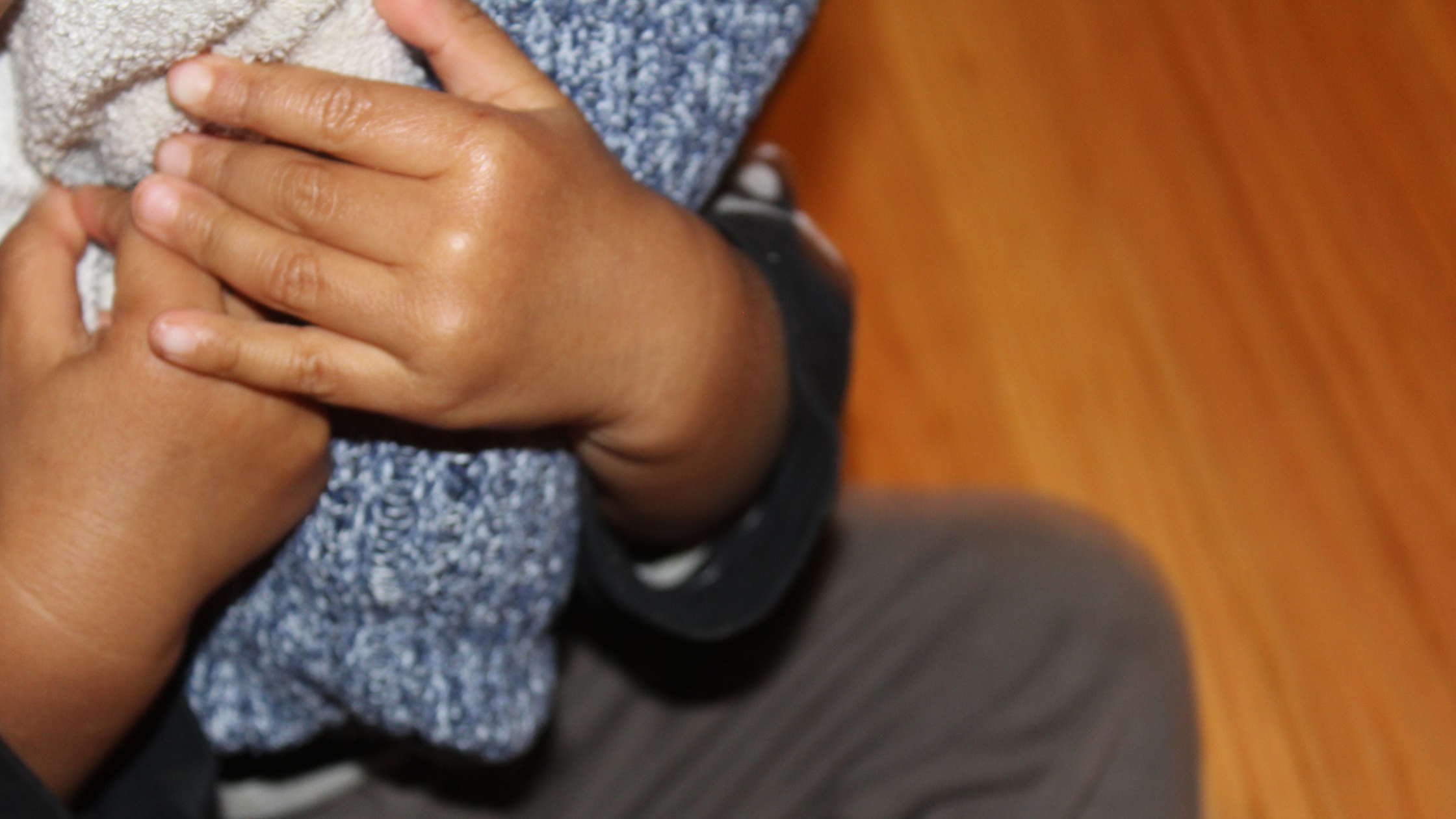Easy tips that worked for us as parents of a late-talker. Incorporate language development throughout daily routines and involve the entire family.
What to do when you have a late talker?
As a parent, you are always keeping track of your child’s development; are they meeting every milestone. It can become overwhelming and confusing when your child struggles in any area of development. When our leonito was approaching two years old, we started to notice he had a speech delay. That is when we decided to keep an eye on it and eventually started speech therapy both at home and in a group. Now, he is in elementary school with little to no speech therapy services. We learned a lot as parents with a late-talker and wanted to share what worked for our family. Don’t forget that each child is different, and the age when a child’s language develops and they start talking can vary. Remember that it can be frustrating for your child, as well. Encourage your child through a daily routine that is easy and enjoyable for them, including you.
How to Incorporate Speech Development in Daily Routine?
At times, it may seem like you are the only one that understands what your child is saying. They look to you as a life-line to communicate. It was helpful to know that some parents and children are going through the same struggles with language development. But there are so many resources to help and many people willing to be your support system.
It was essential for us that the whole family participated, even the extended family like grandparents, aunts, and uncles. It takes a village. When everyone is helping with the same techniques, your little one can flourish and feel supported.
Our Favorite Strategies That Worked For Us
3 Second Pause
Purposeful pausing is a simple trick to allow your child to try to say a new sound or word. Use this with every strategy. Make sure to allow them time to answer or fill-in a phrase. Try not to fill it in for them. Even if you see signs of them struggling, they need time to try.
Sign Language
Many babies between 8-12 months old can start to learn the primary signs. It is an easy way for your child to communicate with you about their needs and wants. Start slowly with the basics such as more, eat, drink, please, help, all done, etc. Make it a family activity in which every member participates in communicating with your little one. Make sure to use repetition. Whenever possible, use the words with the sign.
- If your child can sign, but speech is not beginning to develop, try to use sign language combinations. Ask a question like, “Do you want more drink or do you want more eat,” and have them follow with a key phrase like “more eat, please” or “no, thank you.”
- Another example is “Who do you want to go with? Mom or dad,” and have them reply, “ mom, please” or “dad, please.” Make sure to copy what signs they use by answering verbally. Keep up with the process and encourage sign language repetition throughout family members when interacting with your child.

Environmental Sounds
Our children respond to the noises and objects they hear from our environment. Play sounds are a fantastic way to bridge the gap before children imitate real words. Find out what sounds engage and excite your child. It could be animal sounds, vehicle sounds, or even human sounds. When you hear a particular sound, or see something that makes a sound, focus on bringing attention to it.
- A great way to start talking about sounds is to say, “Listen, I hear _____, do you?” Then imitate the sound again. For example, “Listen, I hear the dog, do you?” and then I would say, “I hear the dog, he says woof, woof.”
- Another example is to indicate a sound with an action. “I hear the doorbell go ding-dong. Let’s see who is here.”

Play Pretend & Be Present
Pretend play can be a fun way to develop language. Find an activity or toy that engages your child, sit down, and join in the play. Start with adding simple words like up, down, open, hi, goodbye, in, out, etc. As you play, they are watching and listening to everything you do. Just have fun and keep it simple.
- When stacking blocks, you may say, “ Look at the blocks. They go up, up, up.” Most little ones would then knock down the tower at one point; this is an opportunity to say, “Uh-oh, the blocks go down.”
- If you have a toy barn, you may say, “Open the door. The cow goes in. The cow says Moo.” Then when the animals go into the barn, you could say, “Bye, Bye cow.” Repeat the same phrases every time you play.
Sing-a-long
Songs such as lullabies and nursery rhymes have simple melodies that become irresistible, which help prepare little ones for language.
- Repetition - When you make songs a part of your daily routine, the repetition of hearing certain songs will allow them to sing along or start by filling in missing words. Just pause before certain words to see if your little one can fill it in after being exposed to the song multiple times.
- Engaging - Music grabs everyone’s attention. Be animated. Involve other members of your family to join in different songs.
- Add Gestures - The goal of teaching language is to encourage imitation. But if speech is difficult, adding gestures can become the first step to copying.

Talk Through Chores
There is an opportunity to engage our children throughout every part of the day. Take simple tasks like picking out snacks, cooking dinner, doing laundry, and even yard work.
- When picking a mid-morning snack, put out two different options. Then, start a conversation, “We can eat a banana or an apple, which one do you want?”, “I want a …” They may start calling a banana by using nana, which is a terrific sound association.
- When doing laundry, talk about what items you are putting into the machine. Leave one thing left, then ask, “Look, it is a _____, could you hand me the ____?” When you fold the laundry, try involving your child to help sort, “Is this dada’s sock or mama’s sock”
Imitate Eachother
Don’t forget to copy your little one as well. Once your child starts making sounds, repeat what you hear. If they say “aah,” then make sure to encourage them through imitation. Spend a few minutes throughout the day, just copying any sound that they make. They may even find this extremely silly and fun.
See if you can introduce another sound. Maybe you will hear them start copying you. Learning happens through watching and copying, imitation. Then by putting together both movement and sound, it allows you to engage in various ways. For example, action might be more comfortable for your little one to grasp, then through repetition, the sound/speech will follow. Then the goal is for them to copy both the actions and sounds.
- Say, “Yum, Yum,” as you are rubbing your belly.
- Say, “ Bye, Bye,” as you are waving.
- Say, “Up, Up,” as you are picking them up or anything else.

Mirror Time
Create a space where you can set up a mirror that your little one can interact with and see themselves. Mirror play can be an intriguing activity to promote self-awareness and language development.
- Start with gestures like waving, blowing kisses, or even raising your hands up and down.
- Look into the mirror, “Who is that? Is that ____." It is a great time to use words like me, mama, dada, or your child's name."
- "Where is your ear? Where is your nose?" Recognize body parts by pointing, then they can work on saying each body part as language develops.

Fill-in-the-Blank Reading
Reading a bedtime story with your little one can create a perfect snuggle and language development opportunity. Pick a few books for the month that you will repeatedly read. It is a great way to expose consistent language and rhythm. Towards the end of the month, start pausing before easy words or action sounds. See if your little one notices and can fill in the missing word. We would then follow a book that we used to create a fill-in-the-blank opportunity with the remaining books for fun and seek more snuggles.
- With our leonito, we would read “The Little Blue Truck,” which was a constant favorite for all of us. At first, many of the words that I paused for were the animal sounds or “BEEP, BEEP.” Then as his language progressed, sometimes we tried to leave out more words.
Clap It Out
Breaking down words into syllables can help your little one identify the different sounds in every word. At the same time, you are finding the sounds that are harder for them to produce. Suppose you would like to mix it up, then try using stomping, jumping, or even a musical instrument. Clap along with your child, a nice BIG clap to hear and see at the same time.
- “Ba-nan-as, they are yummy.”
- “Do you want some ch-ee-se?”

